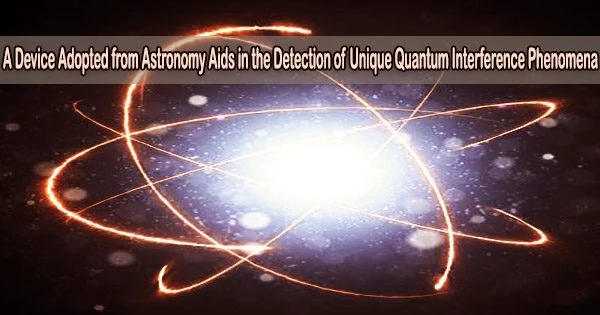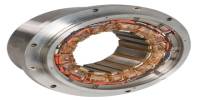Quantum interference refers to the phenomenon in quantum mechanics where the wave nature of particles leads to constructive or destructive interference. It is a fundamental concept in quantum physics and is responsible for a range of phenomena and applications.
According to a new study published on March 15, 2023 in Physical Review Letters, experimental researchers have discovered that X-ray transitions previously believed to be unpolarized in accordance with atomic physics are in reality strongly polarized by modifying gamma-ray astronomy technology.
X-ray polarization becomes crucial for testing fundamental atomic physics involving effects of relativistic and quantum electrodynamics when electrons recombine with highly charged ions. However, the technical challenges these studies demand have been a hurdle to experimental researchers to far.
A team of researchers led by the University of Electro-Communications Institute for Laser Science Professor Nobuyuki Nakamura, and including Kavli Institute for the Physics and Mathematics of the Universe (Kavli IPMU) Professor Tadayuki Takahashi and graduate student Yutaka Tsuzuki, and Institute of Space and Astronautical Science (ISAS/JAXA) Associate Professor Shin Watanabe, successfully combined two state-of-the-art instruments and technologies to measure the polarization of high-energy X-rays emitted when highly charged ions capture high-energy electrons.
The first is the University of Electro-Communications’ Tokyo-EBIT electron beam ion trap, one of the top highly charged ion generators in the world, and the second is the Si/CdTe Compton Camera for high-energy X-rays, which was created primarily for astronomical observations at ISAS/JAXA and enhanced for this study.
Quantum interference effects are not limited to the double-slit experiment. They can also be observed in various other scenarios. Additionally, interference effects are employed in fields like quantum metrology, quantum sensing, and quantum imaging to achieve high precision and sensitivity in measurements.
A team led by Takahashi to study X-rays originally developed the technology behind the Si/CdTe Compton Camera and gamma rays in the universe released by highly energized black holes, supernovae and galaxy clusters, and were built into the Japan Aerospace Exploration Agency (JAXA) ASTRO-H satellite, launched in 2016.
Takahashi had been looking for a way to adapt the technology to other fields. After a meeting with Nakamura, Takahashi began to work on designing the X-ray polarization experiment and implementing the Si/CdTe Compton Camera into the method.
Tsuzuki carried out a large part of the calibration and simulation of the Compton camera.
Tsukuba University Associate Professor Xiao-Min Tong, Institute for Applied Physics and Computational Mathematics Distinguished Research Fellow Xiang Gao, and National Institute for Fusion Science Associate Professor Daiji Kato made a theoretical analysis of the results, which revealed that the unexpectedly large polarization observed in the experiment was the result of quantum interference effects, where quantum mechanical probability waves interfere with each other.
It was also found that the observed polarization was caused by an unusual interference effect between two waves with differing angular momenta, contrary to the conventional wisdom that interference only occurs when the starting states of two waves are equal.
















